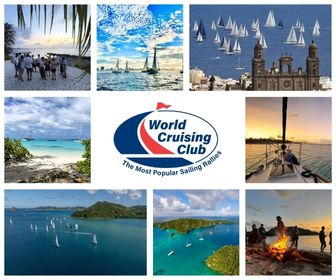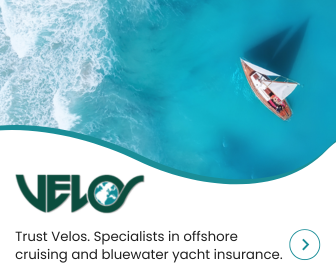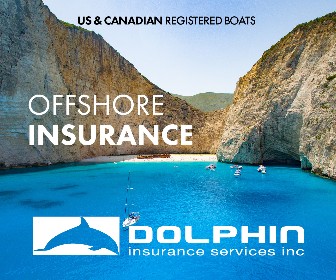Pitcairn Island: A Fascinating Landfall
Pitcairn Island is one of the most remote islands in the South Pacific and cruisers who have taken the time and effort to visit there have found a unique environment and a warm and friendly welcome. The Copeland family of SV Freeranger visited Pitcairn and neighbouring Henderson Island earlier this year and provide a brief report on their impressions and the challenges of anchoring and getting ashore here.
Published 4 months ago, updated 3 weeks ago
A Truly Wonderful Welcome
We recently came though both Henderson and Pitcairn Islands and thought the following info may be useful for Noonsite readers.
Pitcairn Island
The islanders have now established VHF channel 80 as the main communication channel for incoming vessels, both sailing and cruise ships. This must be on international (rather than US) settings. An antennae has been established at a high point on the island that gives good range (we could still hear comms at 40NM).
Bounty Bay is available as an anchorage in a smaller range of conditions than the anchorage at Western Harbour. Western Harbour also has far less coral to contend with, with good holding in sand in about 16-18m. But it should be stressed again that both are barely protected, conditions are always uncomfortable due not only to incoming swell but also ‘rebound’ waves off the island. At one point we pitched high enough that we got air up the cutlass bearing…
The welcome of the islanders is truly wonderful.
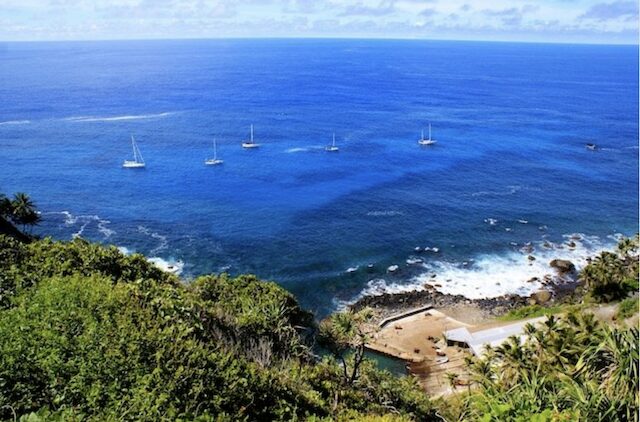

Henderson Island
We circumnavigated the island and the only viable anchorage was off the northwest beach.
There are ‘veins’ of sand running outwards from the island between coral outcrops that with careful anchoring provide decent holding. However the band of depth where you can anchor is very narrow – the depth rises from several hundred metres to shore over a distance of less than 100 metres.
You are only permitted to land on the north beach – unless conditions are too rough in which case landings are permitted on the northwest beach. Neither however are easy landings as they are ringed by a coral reef at the surface, a few metres out from the sand.
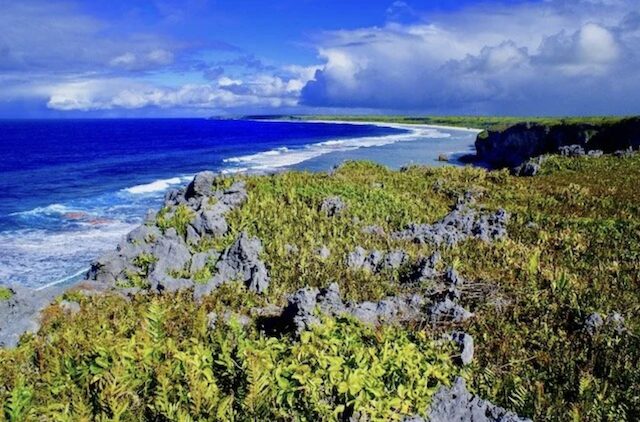

The only option is to bring the dinghy in through one of the very narrow outflow points, which have strong current and require some decent outboard horsepower to get through. It’s then a scramble to get the dinghy landed before it is pulled out again by the current. On the way out it’s rather like a short white water river ride. There is such a pass opposite the main information board on the north beach.
You need to watch the anchoring conditions at all times and be ready to move. A shift in swell direction meant that our anchor location very quickly became the point where the swell started to lift and break onto the island. We had to get out of there fast!
The island itself is an incredibly fascinating landfall. The water clarity for snorkelling is almost unbelievable. Ashore is absolutely beautiful, with the endemic lorikeets and doves very present. Also unfortunately the plastic pollution that the island is infamous for.
Duncan Copeland
S/V Freeranger
…………………………………
About the Authors
Marine advocates Duncan and Larissa Copeland and their two children Eden and Skye are on a mission to use adventure sailing, citizen science and storytelling to inspire action for a healthy ocean among boating and coastal communities.
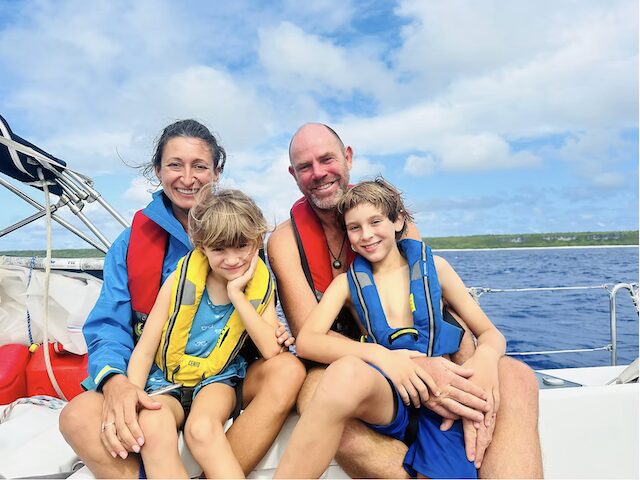

In mid-2024 they launched the Ocean Citizen Science Project directory, a freely accessible online tool that people can use to find interesting research projects they can participate in – be it boat owners sampling seawater for plankton while sailing off shore, or families at the beach surveying for invasive species, inshore fishers reporting on kelp forests or water-tourists sharing whale photos of their sightings on their adventures.
At the same time, they set sail from British Columbia in Canada for a multi-year global voyage aboard SV Freeranger. The dream is to be able to have a very special period of time together as a family while participating in citizen science and ocean conservation projects along the way.
- Follow their Voyage at: Free Range Ocean
- Read about their Citizen Science Projects: Crossing the Pacific
- Find a Citizen Science Project
…………………………………
© 2025 Noonsite. This content was edited by Noonsite. Do not reproduce without permission. All rights reserved.
The opinions expressed in this article are the author’s own and do not reflect the view of Noonsite.com or World Cruising Club.
If you have found this information useful, become a paid member to enjoy unlimited use of Noonsite plus many other perks. Your membership fees really help our small, dedicated team keep country information up-to-date in support of cruisers worldwide. Find out more about Noonsite Membership levels and benefits here.
Subscribe to our FREE monthly newsletter: https://www.noonsite.com/newsletter/
Related to following destinations: Bounty Bay, Pitcairn Island
Related to the following Cruising Resources: Circumnavigation, Circumnavigation, Citizen Science, Cruising Information, Environment, Pacific Ocean South, Routing, World Regions Information



